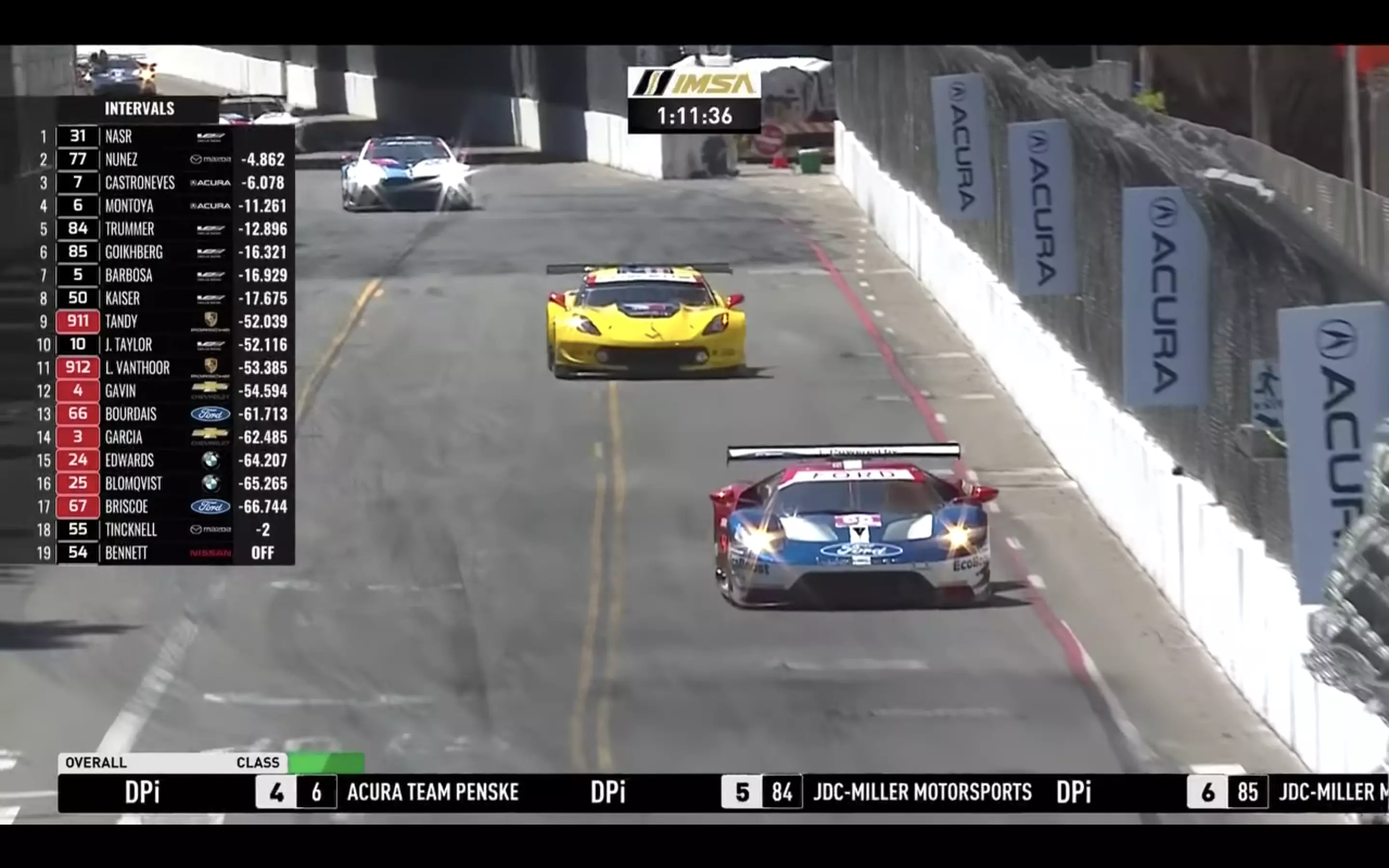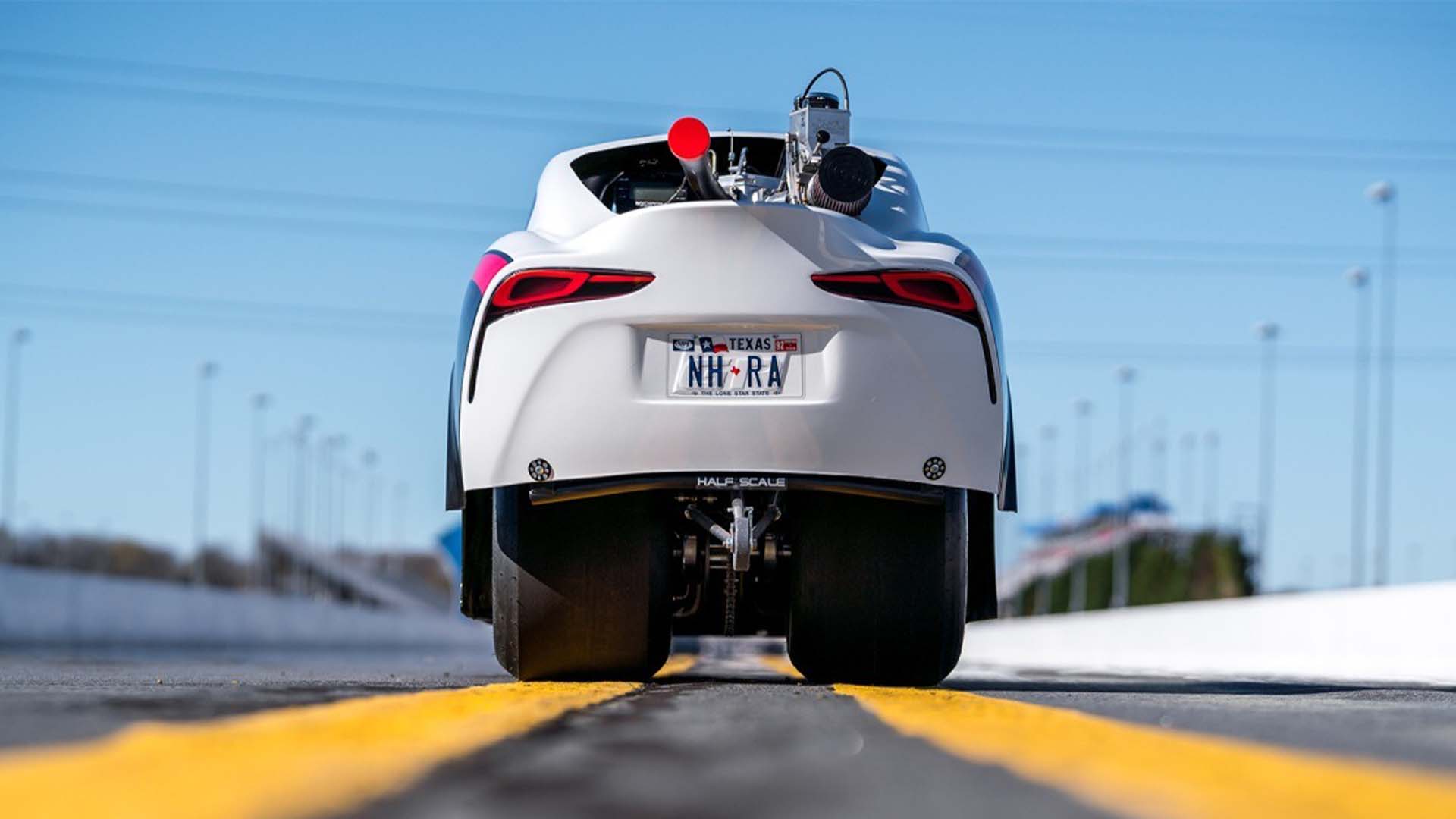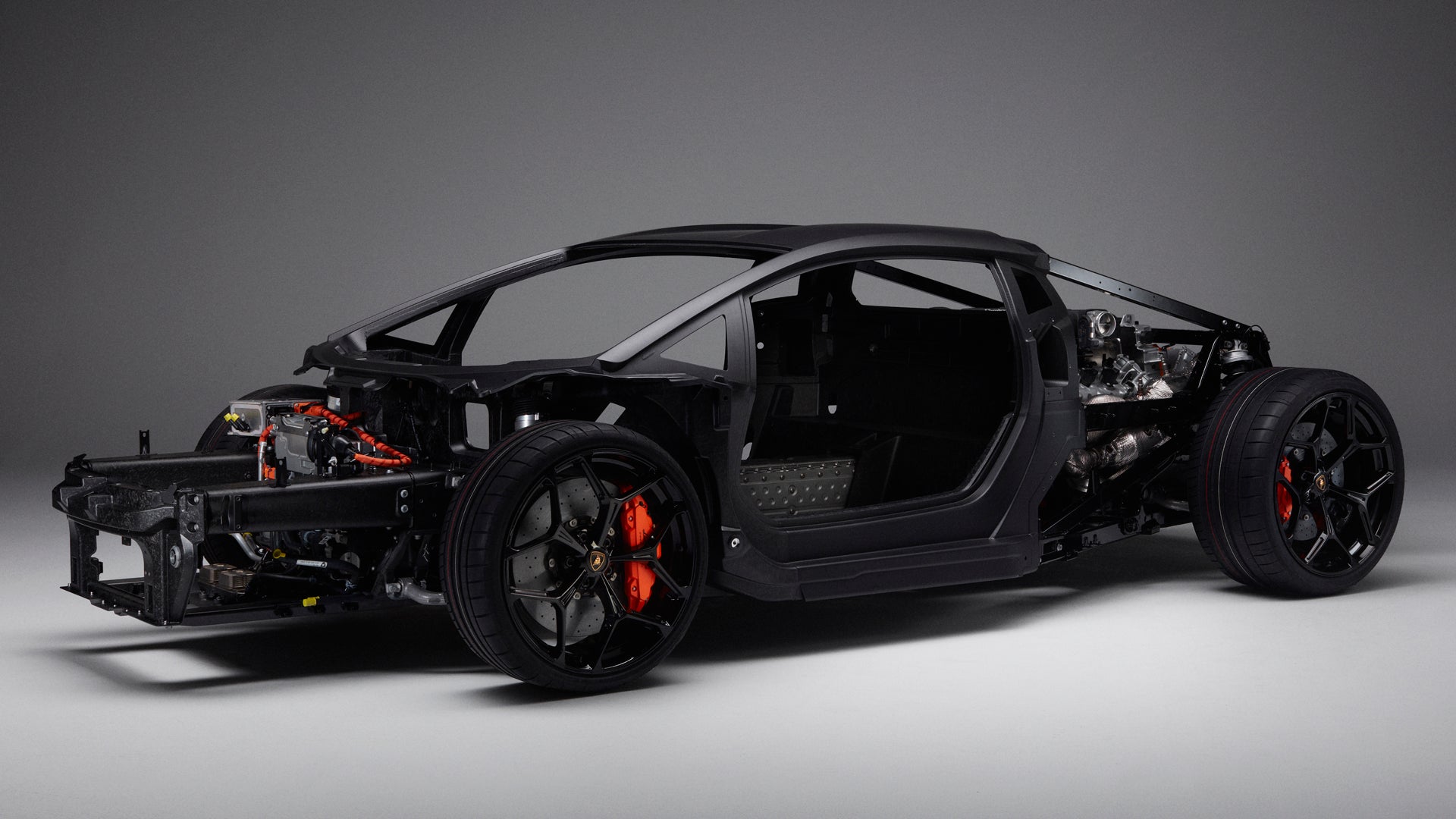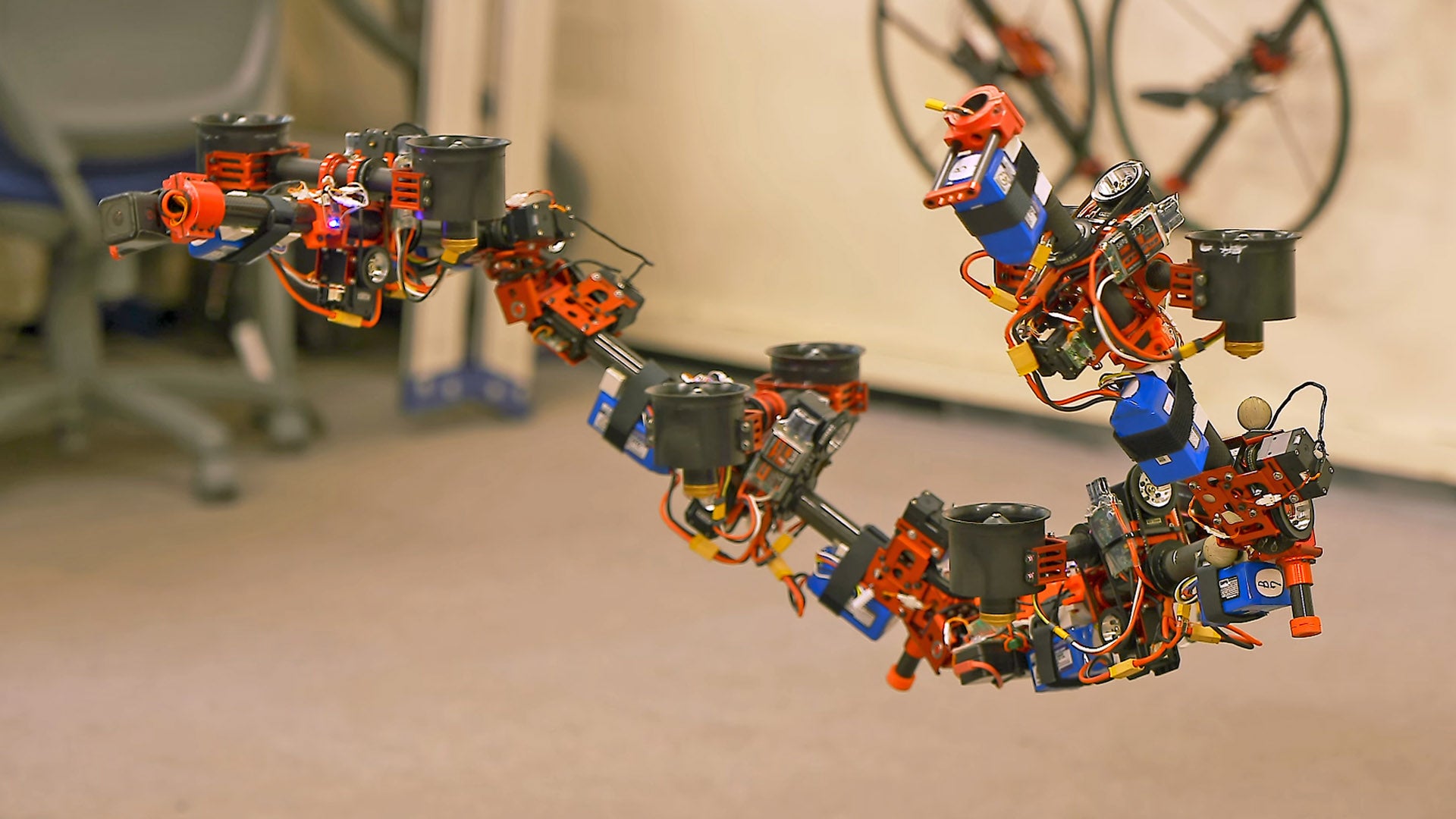I’ve found myself writing a lot about the International Motor Sports Association’s late ’80s and early ’90s heyday quite a bit over the past couple of years. Well, it’s tough to call that the heyday; one could say it’s currently doing quite well, too. But a few factors made 30-or-so years ago really amazing for IMSA racing.
One aspect of this era that really stands out and solidifies it as a great time: A lot of street circuits. Also memorable was the selection of race cars spread across GTO, GTU, and the Prototype classes, notably of the flame-spitting rotary and turbo variety. The driver lineup was epic as well: Names like Pruett, Cobb, Ribbs, Haywood, Dallenbach, Millen, and more.
But the sheer amount of street circuits takes the cake as the coolest part.
Right in the middle of this era (1990), IMSA raced on six — count ’em: six — street circuits. Long Beach, San Antonio, Palm Beach, Miami, Tampa, and Del Mar. In our modern era, excluding COVID ripping right through the 2020 schedule (I was particularly sad the Long Beach GP I was supposed to go to didn’t happen), just two circuits were scheduled in 2019: Long Beach and Belle Isle, Detroit. Some say Belle Isle isn’t technically a street circuit; we’ll count it as it’s a temporary one. This year the Michigan race happened in June and IMSA will be back at Long Beach in September.
Why Street Circuits Are the Best Circuits
If you’ve been to a major track like Road America, Mid-Ohio, or Watkins Glen, they can be great exhibitions of speed but sort of a bummer when it comes to moving around and seeing multiple parts of the track during a single race. They’re just massive. Long Beach’s street circuit, however, is much easier to move around and catch different glimpses of the action, especially at my favorite corners, Turns 6-8. Especially Turn 8. I’ve witnessed some of the most mesmerizing action here, such as a K-PAX Bentley GT passing a Ferrari 488 on the inside during the 2018 Pirelli World Challenge race. The GT is a whale of a car compared to the 488, and watching them tango was the coolest thing ever. Myself and everyone else around me erupted in cheer when that happened.
Building on this point: The action is more up-close. Fans aren’t relegated to distant grandstands. They can safely stand within literal feet of cars roaring by.
They’re a boon to local economies, too. The bump in tourism is great for hotels, restaurants, event spaces, cafes, etc. Event organizers usually throw in various activities to draw more people as well, such as free or cheap admission during the day or two before IMSA and other main series hit the tarmac. The good people of Long Beach were able to watch IMSA qualifying and historic races for free in 2019. This is also an easy way to boost the youth’s enthusiasm for motorsports, by the way.
Plus — it’s extremely cool to see race cars rip around roads that are traveled by regular old cars the rest of the year.
Why They’re Not As Common, Probably
Of course, there are a lot of reasons why street circuits don’t happen as often today as they used to. One is they’re expensive; IMSA doesn’t exactly foot the whole bill, municipalities have to cough up as well. And traffic disruptions are never particularly popular with locals.
Another is, well, there are plenty of other places to race that have the infrastructure to easily support a major series. Since the early ’90s, quite a few amazing tracks have been built, most notably Circuit of the Americas in Austin. Perhaps my home away from home, Buttonwillow, will someday too.
Street circuits aren’t conducive to being gentle on cars, either. If a race car goes off at Mid-Ohio, there’s a good chance it’ll end up in the grass or gravel. There’s always the possibility of a car hitting a wall, but not as strong as it is at Long Beach. There’s no gravel in Long Beach, only tires and big concrete walls. It’s tight and technical, which slows cars down and makes walls less of a risk. Though still, tight circuits require tight moves, which can mean getting collected by a wall at low speed is a big risk. Unfortunately, two races I’ve watched at Long Beach have ended under yellow flags due to impacts with walls.
But still, there should be more street circuits on the calendar! I’m not even asking for specific streets; bringing back the Del Mar Fairgrounds as a temporary circuit would be so freaking cool. The course layout could be configured to make spectating really easy, and there’s plenty of room for everything. The condition might not be ideal at the moment, I’ve actually never physically stepped foot on it.
Check out Del Mar for yourself; how cool is that?
Anybody else wish we could see more IMSA racing on streets closed for competition? Comment section’s open — especially for those of you who might be mayors looking to offer up some neighborhoods for motorsports!









